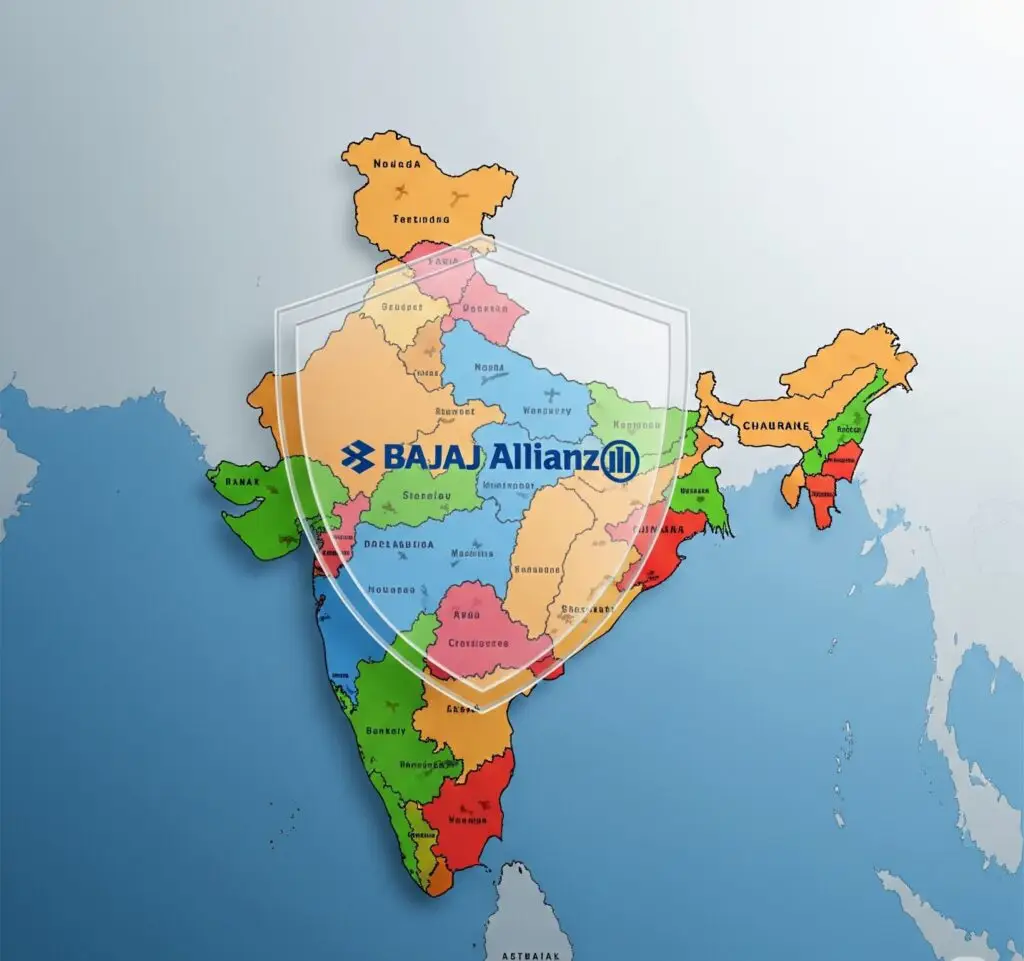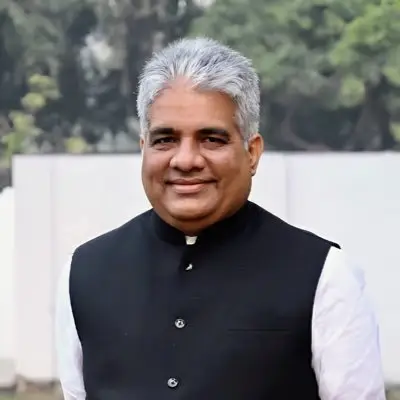Bajaj Allianz Launches India’s First State-Specific Health Insurance Plans
In a landmark move for the Indian insurance industry, Bajaj Allianz General Insurance has launched a new range of health insurance plans tailored to the specific needs of individual states. This innovative approach moves away from the traditional one-size-fits-all model, offering customized premiums and features based on the unique healthcare costs, disease prevalence, and medical infrastructure of each region.

The new product line, launched under various local names like “AapKe Liye” in Hindi-speaking states, aims to make comprehensive health coverage more affordable and relevant. By analyzing state-level data, Bajaj Allianz has designed policies that address the real-world health challenges faced by citizens in different parts of the country, a crucial step towards achieving universal health coverage.
Why is this News Important?
This launch marks a major shift from the conventional zone-based pricing (Metro, Tier-I, Tier-II cities) to a more granular, state-focused model. This strategy directly targets the “missing middle”—a large segment of the population that is not covered by government schemes like Ayushman Bharat and finds private health insurance premiums too expensive. By aligning costs with local economic realities, these plans are poised to significantly increase insurance penetration in India.
Key Features of the State-Specific Plans
These new plans are designed to be both comprehensive and flexible, addressing the core needs of a diverse population.
- Region-Specific Premiums: Premiums are calculated based on a state’s specific healthcare ecosystem, including treatment costs at local hospitals and regional disease patterns. This can result in premium variations of 10-15% between states.
- Customized Naming: To build a local connection, the plans are given names in regional languages, such as “Mee Kosam” in Andhra Pradesh/Telangana and “Apnar Jonyo” in West Bengal.
- Flexible Sum Insured: Policy options range from ₹5 lakh to ₹20 lakh, catering to different financial capacities.
- Comprehensive Coverage: The plans cover in-patient hospitalization, pre and post-hospitalization expenses, daycare procedures, and modern treatments like robotic surgeries.
- Value-Added Benefits:
- Unlimited Sum Insured Reinstatement: The sum insured can be restored unlimited times within a policy year after a claim.
- Super Cumulative Bonus: Rewards policyholders with up to a 200% increase in their sum insured for claim-free years.
- Wellness Discounts: Encourages a healthy lifestyle by offering premium discounts (up to 10%) for achieving daily step goals.
- Festive Bonus: An additional payout of ₹1,000 per day for emergency hospitalization during a major festival week in the policyholder’s state.
The Strategy Behind Localized Insurance
The move to create state-specific health plans is driven by several key factors:
- Varying Healthcare Costs: The cost of a medical procedure in a metro city like Mumbai can be significantly higher than in a Tier-II city in another state. A single premium for both is unfair and inefficient.
- Different Disease Patterns: Some states may have a higher prevalence of vector-borne diseases, while others might see more lifestyle-related ailments. Customized plans can offer better coverage for these specific risks.
- Affordability and Accessibility: By reducing premiums in states with lower healthcare costs, insurance becomes a viable option for a much larger population.
- Data-Driven Underwriting: This model uses advanced data analytics to create more accurate risk assessments, benefiting both the insurer and the customer.
Key Takeaways for Banking & Insurance Aspirants
This development is a crucial topic for anyone preparing for financial sector exams.
- Market Innovation: It is a prime example of product innovation in the insurance sector, moving towards hyper-personalization.
- IRDAI’s Vision: The launch aligns perfectly with the Insurance Regulatory and Development Authority of India (IRDAI)‘s goal of achieving “Insurance for All by 2047.” It demonstrates how insurers are responding to regulatory encouragement for more inclusive products.
- The “Missing Middle”: Understand this term. It refers to the segment of the population that lacks any form of health insurance—they are not poor enough to be covered by government schemes but not affluent enough to afford standard private policies. This is the primary target for such innovative products.
- Shift from Zone-Based to State-Based Pricing: This is a key evolution in premium calculation that you should be aware of.
Summary Table
| Details | Information |
|---|---|
| Product Initiative | State-Specific Health Insurance Plans |
| Launched By | Bajaj Allianz General Insurance |
| Key Innovation | Premiums and features tailored to each state’s unique healthcare ecosystem. |
| Target Audience | The “missing middle”; urban and rural middle class. |
| Premium Variation | Differs by 10-15% across states based on local data. |
| Regulatory Context | Aligns with IRDAI’s “Insurance for All by 2047” vision. |
| Example of Plan Name | “AapKe Liye” in Hindi-speaking regions. |
| Sum Insured Range | ₹5 lakh to ₹20 lakh. |
for More Current Affairs Updates–


